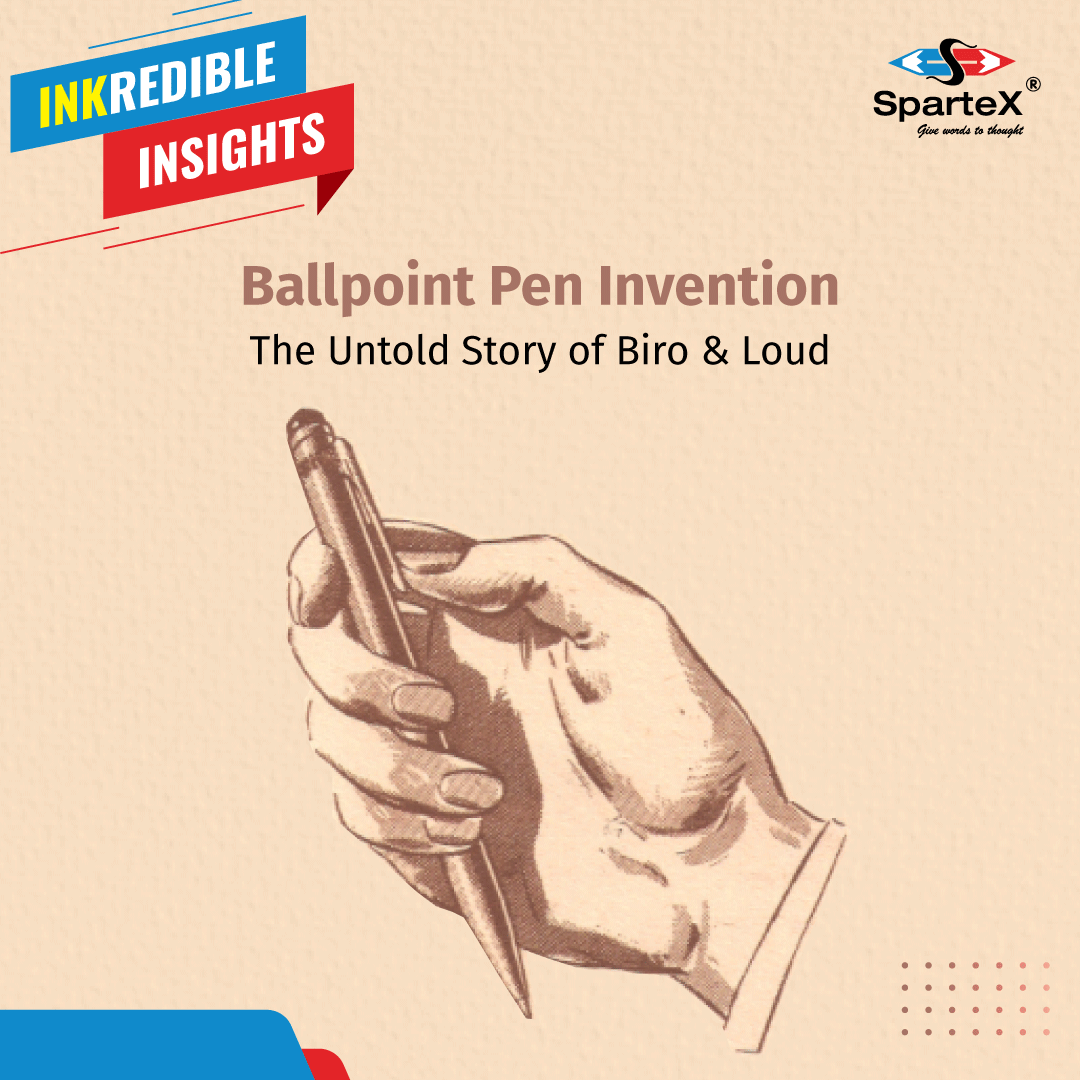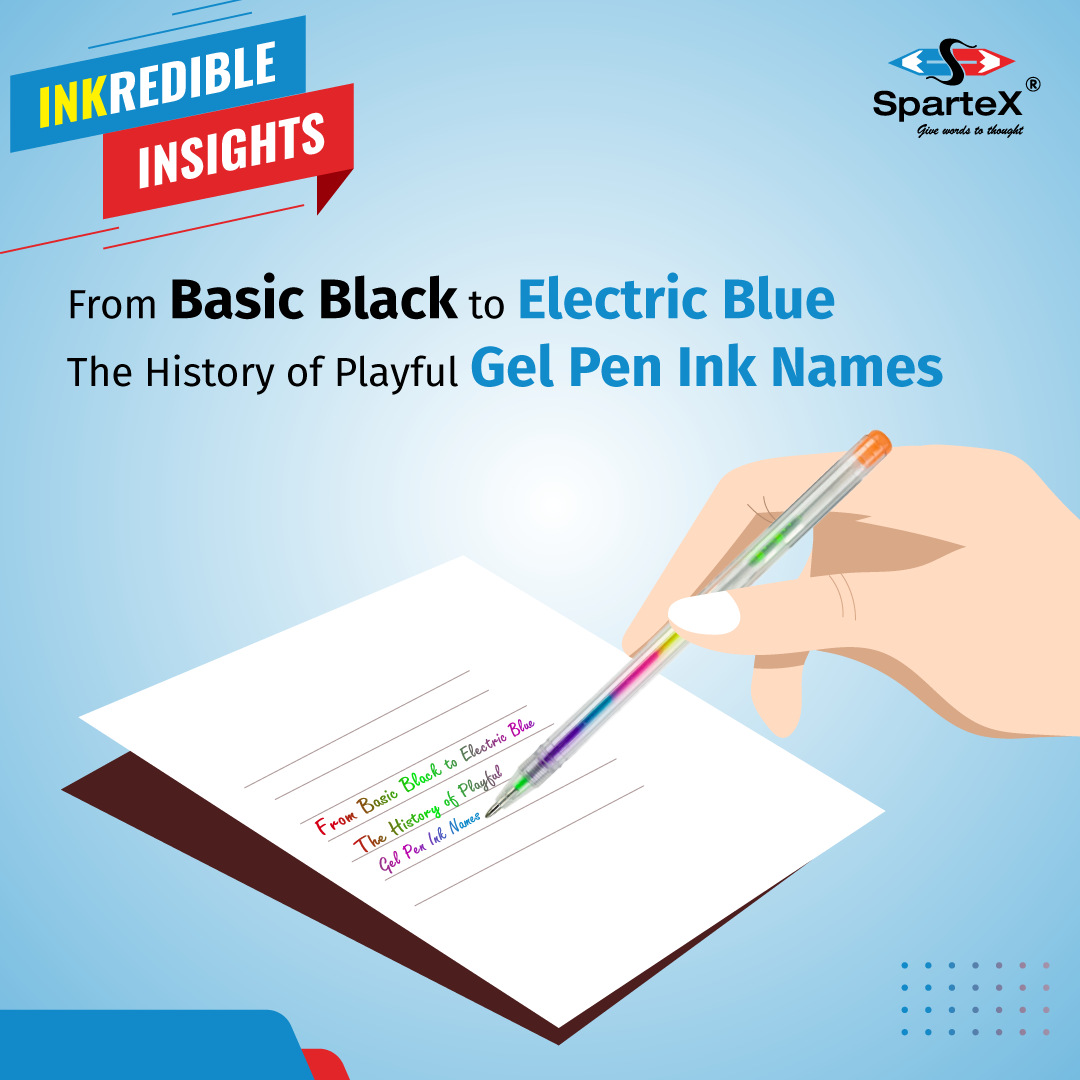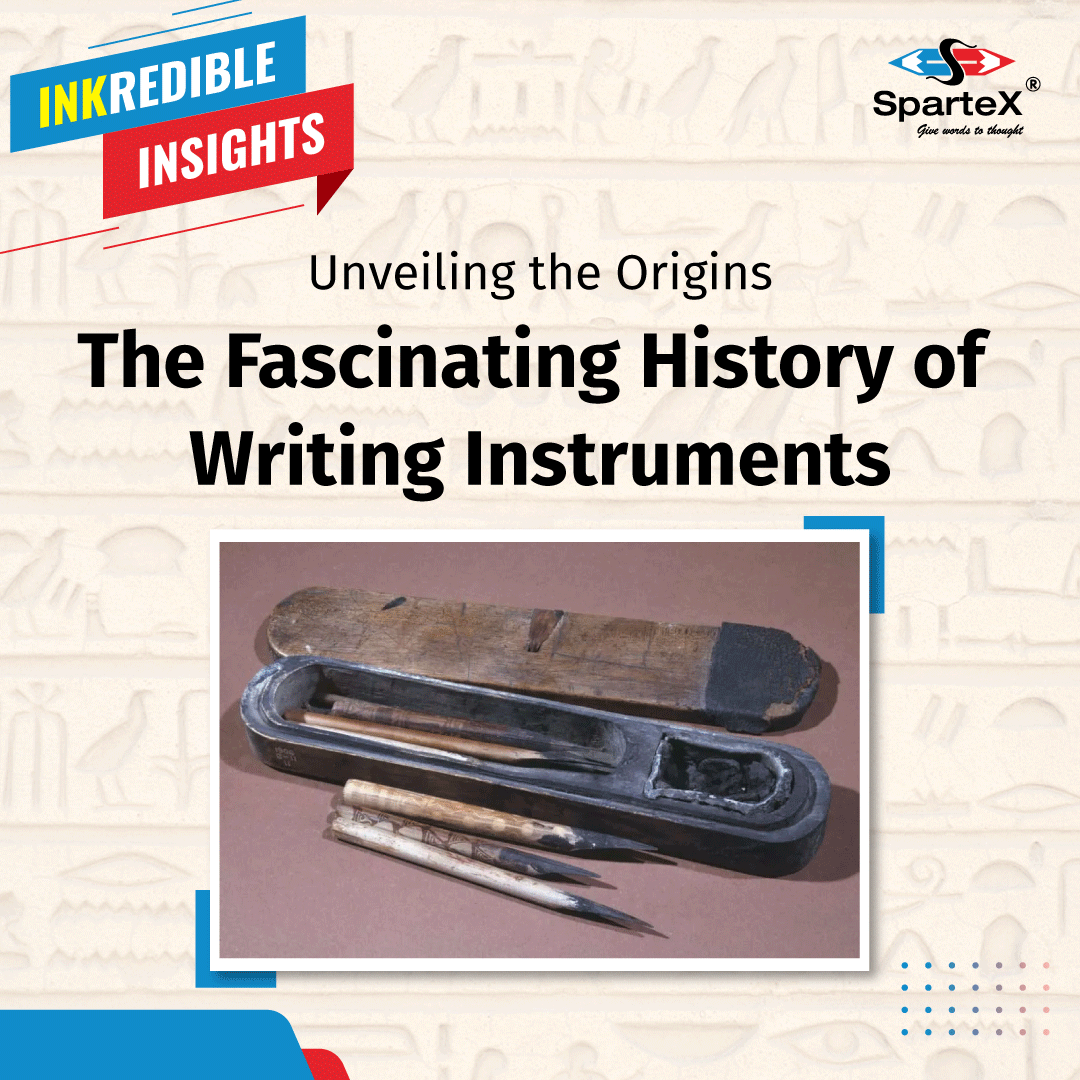
How did Pens become ink-storing tools during 973 AD?
Did you know?
The earliest mention of a pen with an ink reservoir in 973 AD marked a significant milestone in the history of writing products. This innovative invention not only addressed a practical problem but also revolutionized the act of writing, making it more efficient and accessible.
Back in 973 AD. Caliph Ma’ād al-Mu’izz, the ruler of the Maghreb region in Northwest Africa, made a request that would change the course of writing history. He sought a solution to the problem of his hands getting stained while writing with the conventional pens of the time, which required constant dipping into an inkwell. To fulfill the caliph’s request, an innovative pen was designed that could hold ink inside its reservoir. This invention not only addressed the caliph’s concern about ink stains but also introduced a more efficient and convenient way of writing. These early pens were made from a variety of materials, including wood, metal, and bone, and were often elaborately decorated to reflect their importance as writing tools.
Over time, the design of pens with ink reservoirs continued to evolve, leading to the development of the modern day fountain pen. Fountain pens, which use a combination of gravity and capillary action to draw ink from the reservoir to the nib, became popular in the 19th century and remain a beloved writing instrument to this day.
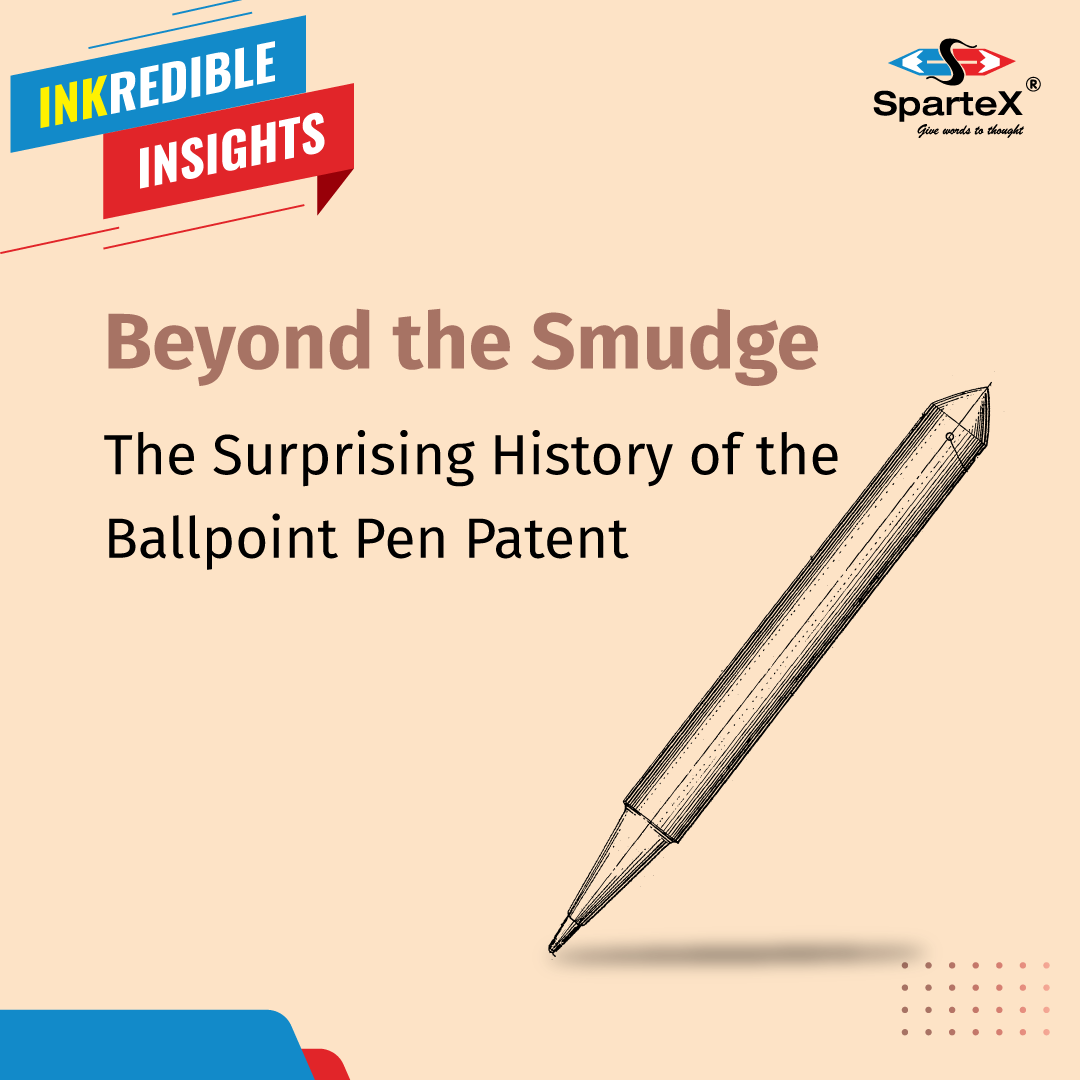
Why was the ballpoint pen first patented?
Did you know?
John Loud, who is still recognised as the original creator of the ballpoint pen, was the driving force behind the landmark invention of the ballpoint patent in 1888.
Before the ballpoint pen, writing tools relied on a variety of mechanisms, such as brushes, quills and fountain pens. These tools had their limitations, including the need for frequent refills, smudging, and the requirement of a flat surface for writing. The Ballpoint pen discovered by John Loud featured a small, rotating ball in the tip that transferred ink to the paper as it moved.
This design was ideal for smoother writing. Not only this, it also reduced smudging, and it allowed the user to write on a variety of surfaces. The patent for Loud’s ballpoint pen was granted on October 30, 1888, marking a significant milestone in the history of writing instruments. However, after receiving the patent, ballpoint pens did not receive any major success. But in the early 20th century, the tables turned and ballpoint pens were in demand. It was due to the manufacturing improvements. Another reason was its ability to write for an extended period without the need for refills. John Loud’s invention of the ballpoint pen in 1888 marked a significant advancement in the history of writing instruments.

What Did Ancient Indians Write On?
Did you know?
Before the widespread use of paper, India had a rich tradition of using palm leaves, also known as “Talapatra”, for writing. This ancient practice, dating back centuries, involved scribes using metal or bone styluses to inscribe words on dried palm leaves. These palm leaves served as an early form of writing material, before contemporary writing equipment.
These manuscripts were highly durable, and when properly stored, could last for centuries, making them valuable repositories of knowledge and history.
The use of palm leaves as a writing medium was not limited to India; it was also prevalent in other parts of Asia and Africa because of their portability. Despite the widespread adoption of paper in the modern world, the tradition of palm-leaf manuscripts continues in some parts of India, particularly in religious and cultural contexts. Today, these manuscripts are not only valuable artifacts but also a reminder of India’s rich literary and cultural heritage.

The Shift from Fountain to Ballpoint during World War 2
Did you Know?
During World War II, fountain pens were replaced by ballpoint pens by soldiers.
In high altitudes, the reduced air pressure leads to excessive ink flow or uncontrollably leaking of fountain pens, which rely on gravity to pull ink from the reservoir. This was a severe issue for pilots who needed reliable writing products for communication and recording important information. The solution came in the form of ballpoint pens, which had been invented in the early 20th century but had not yet gained widespread popularity.
Ballpoint pens do not require gravity to transfer ink from the reservoir to the paper as they use a tiny revolving ball bearing. They did not leak or flow too quickly when not in use, which increased their dependability at high altitudes.Since then, ballpoint pens were an ideal choice for military use and it started getting popular in civilian life. Ballpoint pens are now a necessary writing instrument and a well-known representation of creativity and communication.

What writing tools were used at the ancient Indian university of Nalanda?
Did you know?
Nalanda University in India stands as a testament to the rich intellectual heritage of the ancient world and holds a reputation for its vast collection of manuscripts. Here, students could delve into Buddhist philosophies, intricacies of the Vedas, or explore subjects like medicine, logic, and even astronomy. These manuscripts were preserved on palm leaves or parchment, and served as the main attraction of Nalanda’s academic foundation.
But the story doesn’t end there.
To interact with these invaluable resources, Nalanda scholars employed a variety of writing products in the university. Stylus was the most common writing instrument, and was used to inscribe delicate markings on palm leaves. It was made from materials like metal or ivory. Whereas, bird feathers were called Quills and it offered a more fluid writing experience for composing on parchment. The very tools utilized at Nalanda highlight the dedication to knowledge preservation and dissemination that permeated the university.
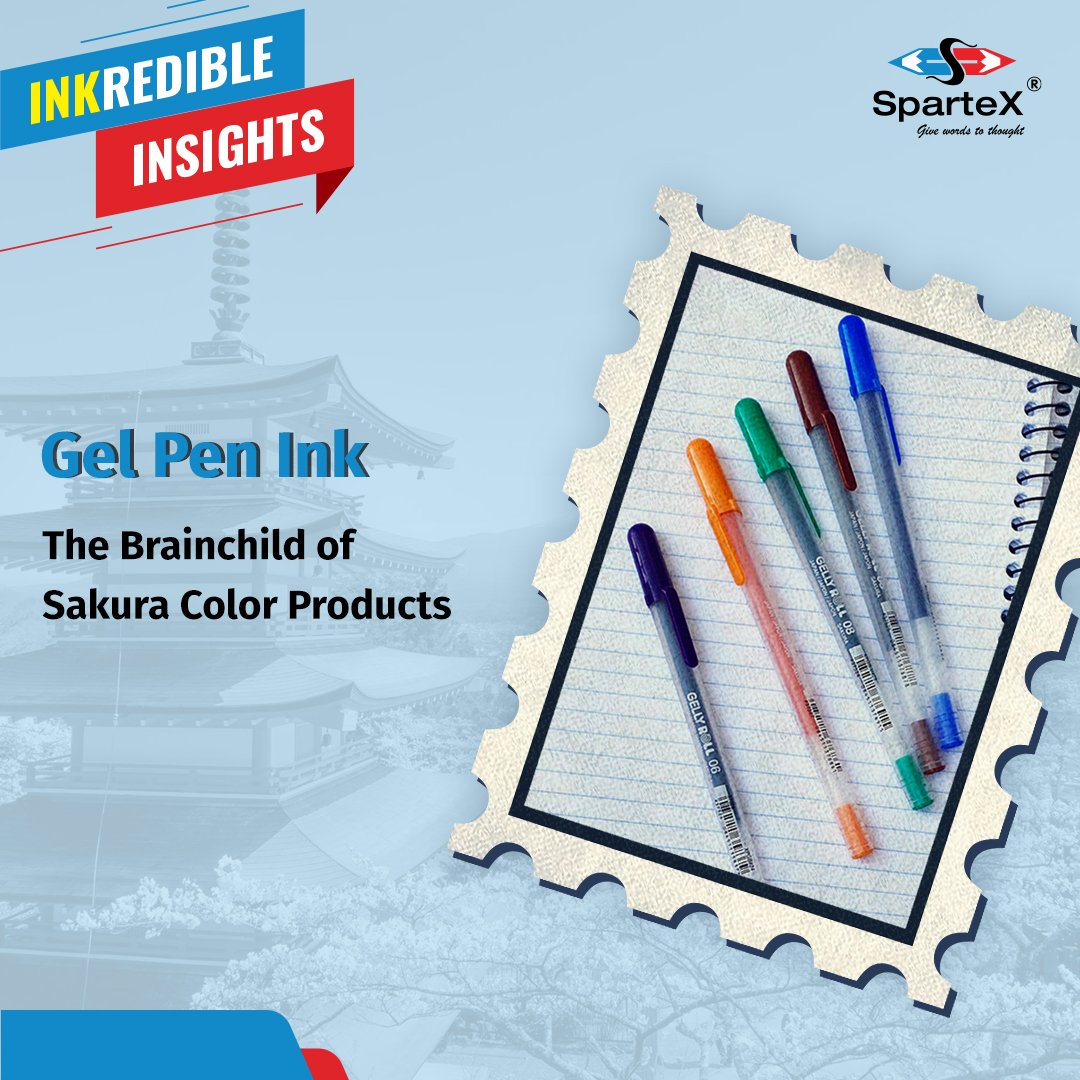
What made the e Sakura gel pens a game-changer in the 1980s?
Did you know?
The Sakura Color Products Corporation, a Japanese company with a rich history in art supplies, redefined writing experience with their innovative gel-ink formula. In the 1980s, Sakura envisioned a pen that combined the smooth glide of a fountain pen with the convenience and mess-free nature of a ballpoint.
Unlike the oil-based ink found in ballpoints, gel pens use a water-based pigment gel. This thicker consistency allows for superior ink flow, reducing friction between the pen and paper resulting in a pleasurable writing experience and satisfying feel. However, the first commercially available gel pen was named “Pilot Hi-Tecpoint,” launched in Japan in 1984. It quickly gained popularity for its smooth writing and vibrant colors.. In 1988, Sakura launched its own gel pen, the “Gelly Roll,” which brought a new dimension to the market – a vast array of dazzling, eye-catching colors. This innovation, coupled with the pen’s smooth writing, helped propel gel pens into the mainstream, especially for artists and those seeking a more expressive writing tool.
From Smudges to Smooth Writing- The Birth of the Ballpoint Pen
Did You Know?
Laszlo Biro, a Hungarian journalist in the 1930s, was frustrated by smudging ink from fountain pens and sought a solution for smooth, quick-drying writing. He was inspired by the fast-drying ink used in newspaper printing presses, and started thinking if he could create a pen that could use this ink without smudging.
In 1888, John J. Loud patented the first ballpoint pen, but its ink was too thin, leading to leaks and uneven flow. Meanwhile Biro’s innovation was in developing a new, thicker ink and a ball-bearing mechanism. The ball, housed in a socket, rotated against the ink reservoir, controlling flow and preventing smudging.
Biro’s 1938 patent marked a breakthrough. While Loud’s pen failed due to ink issues, Biro’s design, along with the right ink, led to the mass production of reliable ballpoint pens.
How Gel Pen Inks Changed the Writing Game?
Did you know?
Gel pen ink names aren’t just limited to blue and black; they have a hidden secret.
In 1980, a trend of colorful gel pen ink names was started to draw young people’s curiosity and attention. Japanese pen manufacturer Sakura introduced its iconic “Pigma Micron” line then. Despite the excellent performance of the pens themselves, young writers and painters were most attracted to the quirky names based on the gel ink, such as “Sky Blue” and “Rose Madder.”
The fun didn’t stop there!
Other brands like Pentel joined the trend with “Lime Green” and “Violet” pens, creating more excitement in the minds of young writers. The ink name game kept evolving, and names like “Mango Tango” and “Razzleberry” became popular. Even today, brands like Zebra keep pushing boundaries with “Shark Tank Blue” and “Outrageous Olive,” making gel pen ink a playground for color expression for every individual.
Reed Pens: The First Writing Tool of Ancient Egypt
Did you Know?
The first pen was invented around 3,000 years B.C.? Before the ballpoint pen was even thought of, the Ancient Egyptians used reed pens for writing. These pens were made from marsh plants and had split nibs that helped control ink flow. They were used to write on papyrus, and the ink was created from a mixture of soot and ochre mixed with beeswax, which later evolved into a range of vibrant colors. Although the use of these pens has been surpassed by time, their legacy lives on as a testament to the enduring power of written communication. The elegant strokes of the Egyptian pen influenced civilizations and bridged epochs, showcasing the importance of the written word throughout history.

Nailing the Write Angle: Fountain Pens and the Left-Handed Advantage
Did you Know?
More left-handed people prefer fountain pens than right-handed people worldwide? There are several reasons for this trend. Firstly, fountain pens reduce the smudged struggles of regular pens in a left-handed world. Traditional ballpoints rely on friction for ink flow, often clashing with the underhand grip or hooked wrist favored by many lefties. This contact drags wet ink across the paper, leaving frustrating smears and a sense of lost control. However, the fountain pen has a self-governing ink flow independent of grip pressure, significantly reducing hand fatigue and writing discomfort among left-handed users.
Moreover, fountain pens unlock a universe of customization for left-handed writers beyond just solving the smudging problem. Standard nibs, designed for right-handed writing angles, can create scratchiness and skip ink for left-handers. But fountain pens offer a plethora of alternatives. Left-handed nibs feature specially angled tines, promoting smoother ink flow and a more comfortable writing experience. So, if you’re a left-hander longing for a smooth writing experience, consider picking up a fountain pen. It may become your perfect writing companion.

The Innovative Mechanism of a Fountain Pen
Did you Know
Fountain pens can write upside down?
The key to a fountain pen’s upside-down writing lies in its innovative reservoir system. Unlike traditional ballpoint or gel pens, fountain pens use a nib and feed system that relies on a capillary mechanism to draw ink from the reservoir to the paper. This design ensures a controlled and consistent ink flow, contributing to the pen’s smooth writing experience.
Writing upside-down with a fountain pen requires carefully considering physics and fluid dynamics. The force of gravity acting on the ink within the pen is counteracted by capillary forces, preventing ink from pooling or drying out when the pen is inverted. The precise combination of nib design, feed mechanism, and ink properties creates a delicate equilibrium, allowing for precise and consistent writing regardless of the pen’s position.
The ability of a fountain pen to write upside-down is not a mere quirk but a testament to the thoughtful engineering and design principles behind this classic writing instrument. The interplay between the nib, feed mechanism, and ink properties showcases a harmonious fusion of physics and creativity, proving that even the simplest of tools can be a feat of ingenious mechanics.







